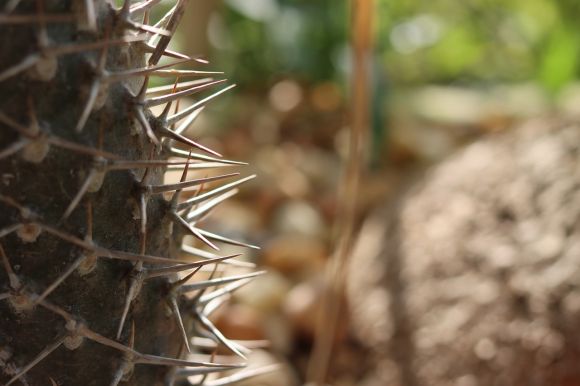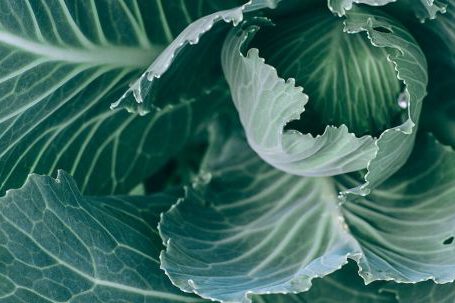Xeriscaping is a landscaping technique that focuses on conserving water and creating a sustainable garden. By using drought-tolerant plants and minimizing water usage, xeriscaping offers an environmentally friendly alternative to traditional landscaping methods. This article will explore the basics of xeriscaping and provide tips for creating a beautiful, water-efficient garden.
Understanding Water Conservation
The first step in xeriscaping is understanding the importance of water conservation. In many regions, water scarcity is a significant concern, and traditional landscaping methods can contribute to excessive water consumption. Xeriscaping aims to minimize water usage by selecting plants that can thrive in arid conditions and implementing efficient irrigation techniques.
Selecting Drought-Tolerant Plants
One of the key elements of xeriscaping is choosing plants that are well-suited to dry climates. Drought-tolerant plants have evolved to survive with minimal water, making them perfect for xeriscaped gardens. Succulents, such as cacti and agave, are excellent choices as they store water in their leaves. Native plants are also a great option, as they are adapted to the local climate and require less water and maintenance.
Grouping Plants by Water Needs
To maximize water efficiency, it is advisable to group plants with similar water needs together. This allows for more targeted irrigation, ensuring that each plant receives the appropriate amount of water. By separating plants into zones based on their water requirements, you can avoid overwatering and create a more sustainable garden.
Implementing Efficient Irrigation Systems
In xeriscaping, it is crucial to use efficient irrigation systems to minimize water waste. Drip irrigation is a popular choice as it delivers water directly to the plant’s root zone, reducing evaporation. Another option is to use soaker hoses, which slowly release water along their length. Both methods help to conserve water by delivering it precisely where it is needed.
Mulching for Water Retention
Mulching is an essential practice in xeriscaping as it helps retain moisture in the soil. By covering the soil surface with a layer of organic mulch, such as wood chips or straw, you can reduce evaporation and prevent weed growth. Mulch also helps regulate soil temperature, keeping the roots of plants cool during hot weather.
Minimizing Grass Areas
Traditional lawns can be a significant source of water consumption in landscaping. As an alternative, xeriscaping encourages minimizing grass areas or replacing them with more water-efficient options. Ground covers, such as creeping thyme or clover, provide a low-maintenance and drought-tolerant alternative to traditional grass lawns.
Regular Maintenance and Monitoring
Once your xeriscaped garden is established, regular maintenance and monitoring are essential for its success. This includes removing weeds, pruning plants, and monitoring soil moisture levels. By staying vigilant, you can address any issues promptly and ensure that your garden continues to thrive.
Conclusion: A Water-Efficient and Beautiful Garden
Xeriscaping offers a sustainable and water-efficient approach to landscaping. By selecting drought-tolerant plants, implementing efficient irrigation systems, and practicing regular maintenance, you can create a beautiful garden that requires minimal water and maintenance. Embracing xeriscaping not only helps conserve water but also promotes a more environmentally friendly and sustainable way of gardening. So why not give xeriscaping a try and transform your outdoor space into a vibrant oasis that thrives with minimal water?





